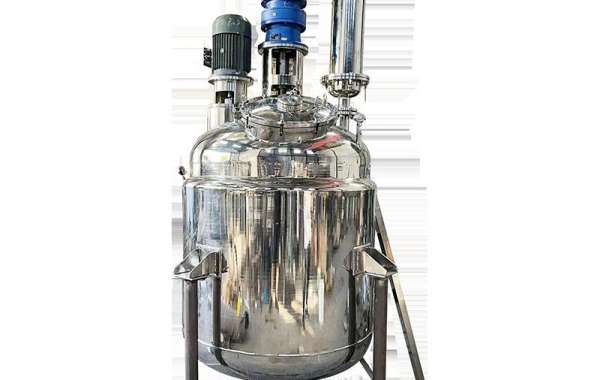The operational integrity and longevity of a reaction kettle are fundamentally determined by the careful selection of its construction materials and the incorporation of robust safety features. The vessel must serve as a inert container, resisting attack from a wide spectrum of often corrosive chemicals while also withstanding the mechanical stresses of pressure, vacuum, and agitation. The incorrect choice of material for a reaction kettle can lead to catastrophic failure, product contamination, and costly unplanned downtime, making this a primary consideration in its design and specification.
Glass-lined steel is a frequent choice for a multipurpose reaction kettle, offering strong resistance to a wide range of acids and solvents, though it can be vulnerable to thermal shock and mechanical impact. For processes involving highly corrosive halides or strong acids, alloys such as Hastelloy or titanium may be specified. The internal finish of the metal, often an electropolished surface on stainless steel, can be important for applications requiring extreme cleanliness, such as in pharmaceutical synthesis, to prevent material adherence and facilitate cleaning. Beyond the vessel material, safety systems are integral. Pressure relief devices, such as rupture discs, are installed to protect the reaction kettle from over-pressurization. Advanced designs often include sophisticated sealing systems, like double mechanical seals with a barrier fluid, to ensure complete containment of volatile or toxic substances, protecting both operators and the environment.
A modern reaction kettle is rarely an isolated unit; it is a integrated component within a larger production train. It is connected to feedstock lines, distillation columns for solvent recovery, filtration systems for product isolation, and cleaning-in-place (CIP) systems for automation of the wash cycle between batches. The design of the reaction kettle must facilitate these connections through strategically placed nozzles and valves. Furthermore, the trend towards automation means these vessels are outfitted with an array of instrumentation—temperature and pressure sensors, level probes, and sampling ports—all feeding data to a central control system. This allows for precise replication of successful batches and provides a comprehensive data trail for quality assurance and regulatory compliance. Thus, the reaction kettle evolves from a standalone vessel into the central, intelligent node of a controlled and efficient chemical processing unit, engineered for safety, durability, and consistent performance.







